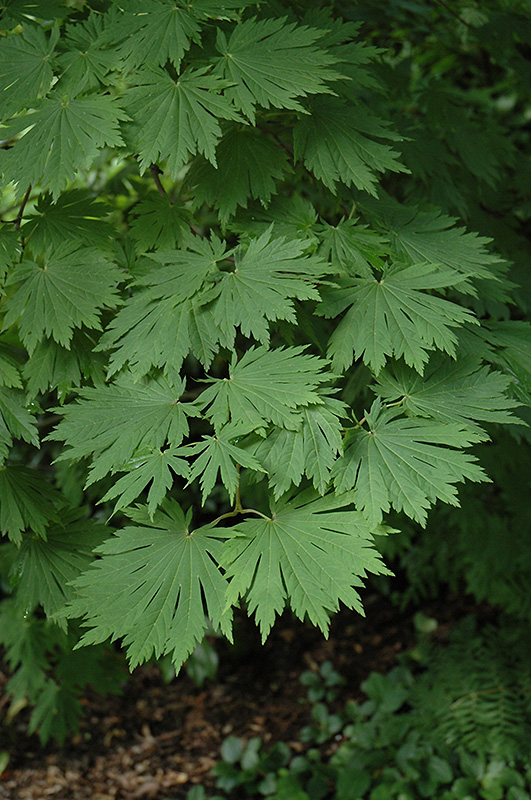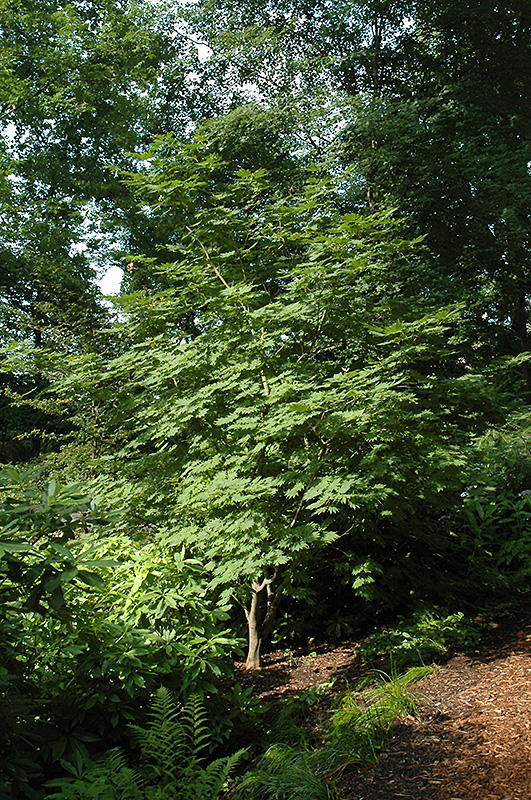>> Home
Attaryi Fullmoon Maple
Acer japonicum 'Attaryi'
Height: 8 feet
Spread: 8 feet
Sunlight:
![]()
Hardiness Zone: 4
Description:
A shapely, attractive tree that is interesting in all seasons with striking foliage that is deeply dissected; presents blazing fall colors of scarlet, yellow, and orange with bright red stems
Ornamental Features
Attaryi Fullmoon Maple is primarily valued in the landscape or garden for its ornamental globe-shaped form. It has attractive green deciduous foliage. The lobed palmate leaves are highly ornamental and turn outstanding shades of yellow, orange and scarlet in the fall.
Landscape Attributes
Attaryi Fullmoon Maple is an open multi-stemmed deciduous tree with a more or less rounded form. Its relatively fine texture sets it apart from other landscape plants with less refined foliage.
This tree will require occasional maintenance and upkeep, and should only be pruned in summer after the leaves have fully developed, as it may 'bleed' sap if pruned in late winter or early spring. It has no significant negative characteristics.
Attaryi Fullmoon Maple is recommended for the following landscape applications;
- Accent
- Mass Planting
- General Garden Use
Planting & Growing
Attaryi Fullmoon Maple will grow to be about 8 feet tall at maturity, with a spread of 8 feet. It has a low canopy with a typical clearance of 3 feet from the ground, and is suitable for planting under power lines. It grows at a slow rate, and under ideal conditions can be expected to live for 80 years or more.
This tree should only be grown in full sunlight. It prefers to grow in average to moist conditions, and shouldn't be allowed to dry out. It is not particular as to soil type or pH. It is quite intolerant of urban pollution, therefore inner city or urban streetside plantings are best avoided, and will benefit from being planted in a relatively sheltered location. Consider applying a thick mulch around the root zone in winter to protect it in exposed locations or colder microclimates. This is a selected variety of a species not originally from North America.

